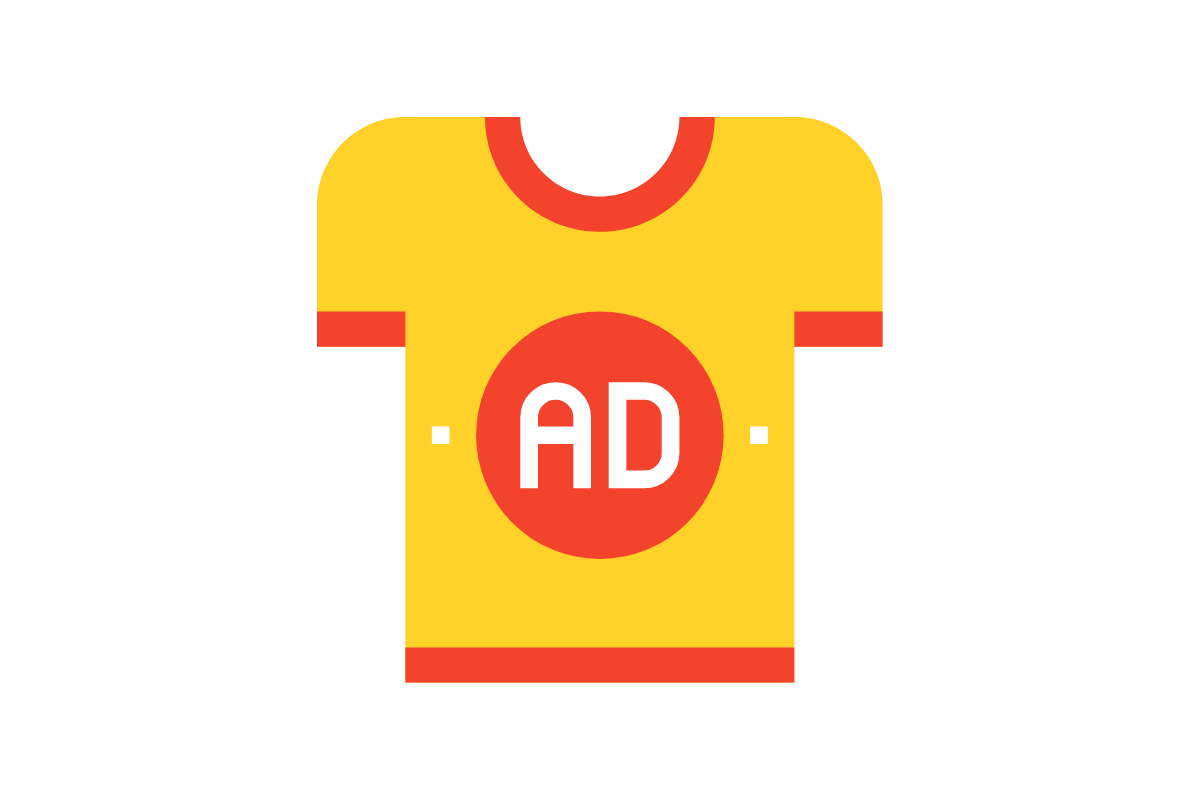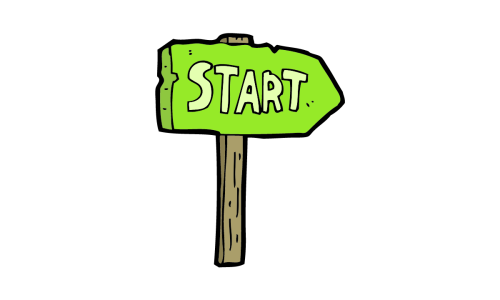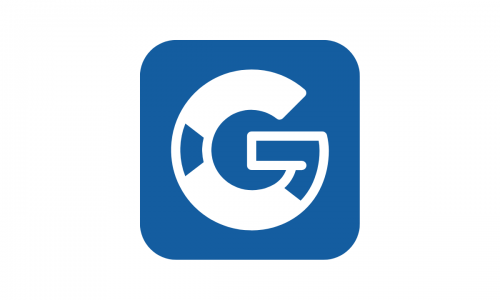Table of contents
Google Ads promotes your brand not only in the Google search engine, but also on millions of partner websites. This category includes websites of almost all types – from tiny hobby blog for a narrow group of recipients, through medium-sized websites (e.g. specialist thematic portals which have already earned recognition in a given industry), to large horizontal portals, run by media corporations and visited daily by hundreds of thousands of Internet users. The Google Display Network, which is a part of Google Ads, covers in its various forms about 90% of the Polish Internet users.
The system is very simple and works in such a way that both the advertiser and the website, on which the ads are placed, have their profit. The advertiser gets access to a huge number of potential customers, whereas the partner website earns money on making its advertising space available – depending on business decisions and design, it may be a small panel (or panels) or large frames overshadowing the page content.
Banners in Google Display Network can be displayed only to specific people thanks to targeting and remarketing. This means that a given user, on the basis of previous behavior on the Web, history of typed keywords in the search engine and visited pages, will receive a different message (a different banner will be displayed to him/her) than the other person entering a given portal. This guarantees better matching, and thus better campaign results, than in the case of static banners displayed in the same form to all Internet users visiting a given portal.
However, even perfect use of targeting possibilities offered by Google Display Network will not be sufficient if the displayed Google Ads banners are not well designed and visually attractive. After all, their task is to encourage viewers to click on them. The right banner ad design has a huge impact on campaign effectiveness and achieving a high CTR (click-through rate).
Google’s guidelines for banner features are simple and fairly obvious. The ad must refer directly to the promoted offer (without “smuggling” other companies or products), and at the same time it cannot
- contain low quality images (too compressed or unreadable for other reasons);
- mislead the user (contain false information, e.g. warnings about an imaginary virus to increase click-through rates)
- promote pornographic or erotic content (the Web is also used by minors).
How to design Google Ads banners?
There is no universal way to create a banner that will guarantee perfect campaign results. However, you can consider good design practices when designing, which will give your banners a very good chance of achieving the desired CTR.
Google Ads banners usually consist of:
- a product image (packshot) and/or an image illustrating the offer (from a dedicated photo shoot or from a stock portal);
- brand logo;
- optional advertising slogan;
- a call to action (CTA).
Packshot
A packshot photo focuses on the product. Making a good packshot is not easy – you need to consider, among other things:
perspective – the product must be shown at its best, from the right angle, highlighting its advantages and most important features. For example, when promoting a baby carriage for a child, it’s better to show it not directly from the front, but at a slight angle, so that in addition to the seat we can also show other elements – handles for the parent or rear wheels.
Background – as a rule, the packshot photo is devoid of any background, which of course doesn’t mean that on a banner we can’t “overlay” the product on a chosen background. The process of removing the background from the original photo is called “sparsing” and it’s very important – if done improperly, i.e. leaving fragments of the “old” version at the edges, it will lower the visual quality of the packshot. Some companies also decide to place a shadow cast by the product on the packshot – this is one of the options to consider.
Lighting – products look different depending on the intensity of the light – the same plastic case can look low quality or high quality. Poorly chosen lighting will highlight product flaws, hurting sales. Of course, a lot can be “fixed” with post-production, but it requires time, cost and the involvement of a retoucher.
Illustrations
An image that shows, in a more or less obvious way, the context of our offer. A travel agency may decide to visualize a paradise beach or a luxury spa center, while a rally circuit will probably present a dynamic visualization of a speeding car. There are as many companies and industries as many possibilities.
In the case of, for example, expert services or recruitment offers, it’s worth using a real photo of a person working in the advertised company, preferably dealing with a given topic – this builds credibility and a professional image. Another option is to use an external photo of a person who inspires trust and encourages to click.

Image bank (stock) graphics can be downloaded from paid services, for example Adobe Stock or Shutterstock. However, there are many portals with a huge number of free images – Pexels, Pixabay, Unsplash and several others. Graphics can be freely edited and customized (if the license allows).
Brand logo
If the size of the banner allows it, it’s a good idea to place the brand logo on it. Exposure of the logo builds recognition, and in case of premium brands it significantly increases CTR. Remember that the logo should usually be just one of the elements, not the central, dominant point of the banner. There is also no point in forcing it if it would disturb the whole composition or violate the protection zone described in the brand’s visual identity.
Call To Action (CTA)
Banner presents the offer in a visually attractive form but it’s the CTA that “finalizes” the click. Call to action is a text encouraging to perform an action, which should be on the one hand as short and simple as possible, on the other hand explaining what benefits the user will receive after conversion. The most popular phrases in the CTA are “buy now” (sales offer), “download a free guide” (reading incentive) or “join us” (job ad) – but be more creative depending on what you’re offering.
Google Ads Banners Common Mistakes
However, the text is not the only element – the CTA should usually be separated from the rest of the banner, e.g. placed on a background of a different color than the rest of the creation. You can read more about the rules of creating CTAs in a separate post on our blog.
The most common mistakes when creating Google Ads banners:
Overkill – advertisers often present their offer in an elaborate form and detail all the advantages of a given product or service or put some photos. The time for this will come after the click, when the customer reaches the landing page. The banner is only to encourage conversion by presenting the strongest point (or possibly points) in a shortened form. In the vast majority of cases, less is more, and empty space (aka whitespace) is an integral part of a well-designed banner.
Ignoring visual identity – consistency is one of the keys to creating a recognizable, credible brand. If a brand has been using a specific color combination for years, you can – if the brand book allows it – make subtle modifications, but a complete change of color palette in isolation from the developed identification will cause dissonance in the customer. It does not mean that a given campaign will be unsuccessful, but it’s a short-term action, which in the long run may turn out to be harmful.
Clickbait – the content placed on the banner – both graphic and textual – must be related to the offer. The Google Display Network system will not allow a clear incompatibility of the ad with its message, but the devil is in the details. A campaign focused on clicks, in which you unethically “exaggerate” the presentation of the offer in relation to its real value, will probably have an excellent CTR, but in the end the customer will not make many final conversions, and will become discouraged with the brand.












